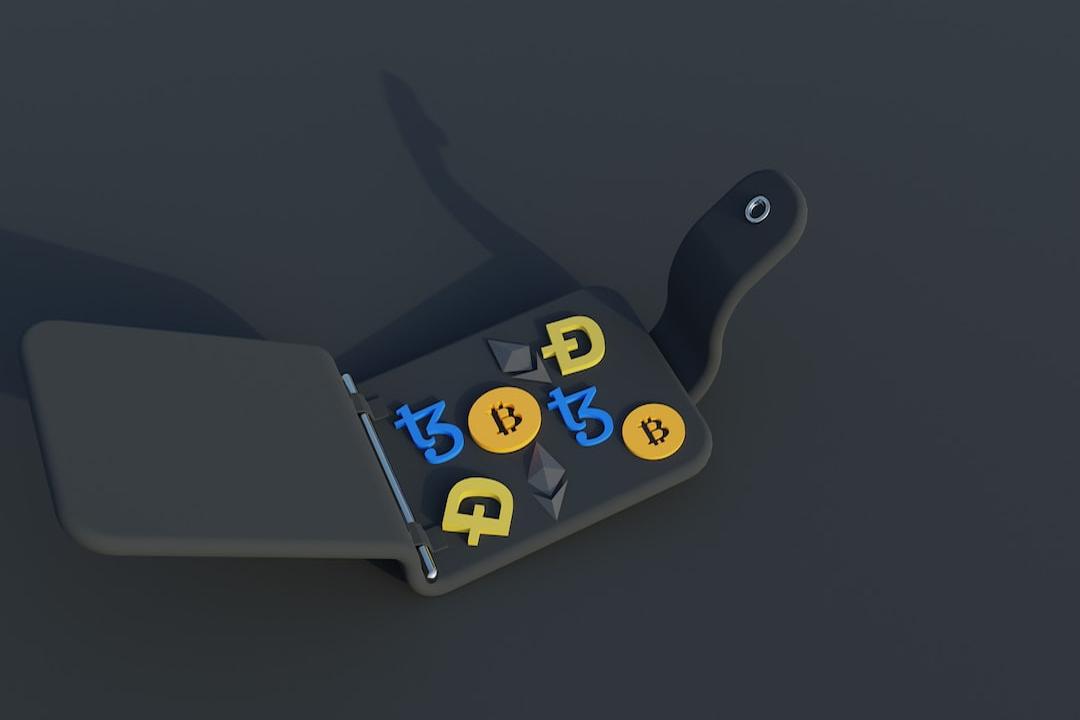Exploring the World of Bitcoin Stamps
Bitcoin Stamps have revolutionized the concept of digital art by integrating it directly into the blockchain. This innovative technology allows for the creation of lasting, public, and accessible databases that showcase digital artwork. In this article, we will delve into the intricacies of Bitcoin Stamps, including their protocols, unique characteristics, and applications.
Understanding Bitcoin Stamps
Bitcoin Stamps are a novel method of incorporating digital artwork into the crypto network. They are built on patents and utilize data encoding standard unspent transactions. The concept of Bitcoin Stamps intersects with patents through various technologies, each emphasizing their specific way of connection. Stampinfo, the next layer of the Bitcoin Stamps concept, identifies the methodologies and focuses on the artists’ names according to a predetermined timeline. A Stamp is considered valid only when the first transaction’s message includes a valid STAMP: base64.
Bitcoin Stamps Protocols
Bitcoin Stamps rely on two primary protocols: SRC-20 and SRC-721.
SRC-20 is a standard of the Counterparty protocol that allows for the embedding of arbitrary data, including images and artwork, into standard spendable data transactions. In contrast to Bitcoin Ordinals, where data is stored separately, SRC-20 integrates data directly into transaction outputs.
SRC-721 is an innovation in the Bitcoin Stamps theory that utilizes the protocol for the fast creation of non-fungible tokens. This protocol divides an image into layers, optimizing its size and utilizing indexed color palettes. These layers are then combined to create the finished NFT sticker. The result is a high-quality NFT image at minimal cost. Both protocols enable Bitcoin to include digital artwork and assets.
Bitcoin Stamps vs. Bitcoin Ordinals
Data Size and Pruning
Bitcoin Ordinals store data in a separate block section as witness and not original data, allowing for data clipping. On the other hand, Bitcoin Stamps embed data directly into UTXOs. While Bitcoin Ordinals are resistant to weakening through multiple deletion operations, Bitcoin Stamps’ resistance varies.
Data Immortality and Integrity
Ordinals are susceptible to data distortion by a single malicious agent, as they do not resist deletion. In contrast, Bitcoin Stamps offer higher resistance to data storage corruption.
Data Size and Cost
Ordinals have a cost advantage due to fixed fees, whereas Stamps accommodate variably embedded images. However, a color job embedded picture may result in a significantly higher transaction cost when the Bitcoin block remains constant.
Signature Type
Ordinals use an address directly from the computer or wallet, while Bitcoin Stamps can quickly receive the computer’s signature fulfilled by a multi-signature framework. This multi-signature framework ensures stringent data resistance in multi-sign storage.
Unique Characteristics and Applications of Bitcoin Stamps
Bitcoin Stamps possess several unique characteristics and applications that differentiate them from other inscription technologies.
Immutability and Security
Bitcoin Stamps rely on the inherent security features of the Bitcoin blockchain to store digital artwork securely and unalterably. Multi-signature transactions enhance data security and accuracy, making Bitcoin Stamps tamper-proof.
Accessibility and Ownership
Bitcoin Stamps democratize digital art ownership and access through non-fungible tokens that are both accessible and secure. By assigning unique identifiers and adhering to strict validation requirements, Bitcoin Stamps simplify the demonstration of ownership, instilling confidence and encouraging transactions.
Interoperability and Compatibility
Thanks to SRC-20 and SRC-721, Bitcoin Stamps are compatible with existing blockchain protocols and ecosystems. This interoperability facilitates seamless integration with various decentralized applications, maximizing the use cases for artists.
Challenges and Limitations of SRC-20 Tokens
Scalability and Network Congestion
One major challenge faced by SRC-20 tokens is scalability within blockchain networks. Increasing transaction volumes often lead to network congestion, causing delays and more expensive transactions. To address this, developers can explore solutions such as layer 2 scaling or implementing SRC-20 tokens on blockchain platforms with higher throughput capabilities.
Security Vulnerabilities and Auditing Concerns
Maintaining trust and integrity within the SRC-20 token ecosystem requires a robust security framework. Smart contracts and token protocols used in the network may have vulnerabilities that can be exploited by bad actors. Conducting security audits during the development of SRC-20 tokens is crucial to address these risks. Additionally, routine monitoring and updates are necessary to address emerging security threats.
Regulatory Challenges and Compliance Issues
Complying with evolving regulations, including KYC and AML, poses significant challenges for SRC-20 tokens. Developers must navigate complex proposals and legal risks to ensure compliance. Seeking guidance from legal experts and actively participating in regulatory discussions can help establish transparent and acceptable regulations for the development and adoption of SRC-20 tokens.
Conclusion
Bitcoin Stamps have introduced a new era for digital art and blockchain technology. By embedding digital artwork within the Bitcoin blockchain, Bitcoin Stamps provide creators and collectors with a secure, immutable, and decentralized environment. Through protocols like SRC-20 and SRC-721, Bitcoin Stamps redefine the digital art sector, fostering innovation, creativity, and inclusivity.


